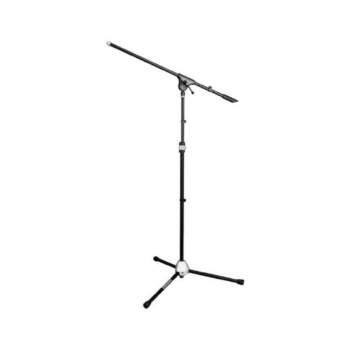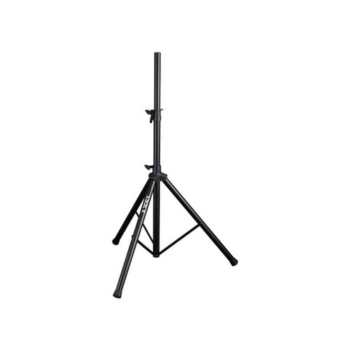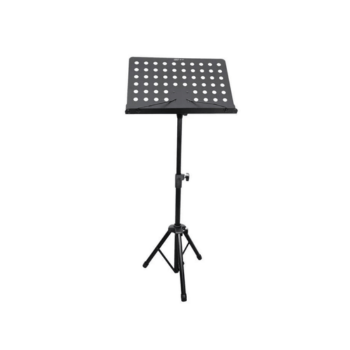the introduction:
In the world of professional audio, acoustic stands are essential tools. Whether you're working in a studio, performing on stage, or managing a large event, having the right stand ensures flawless performance. In this blog, we'll explore the importance of acoustic stands, their types, and how to choose the one that best suits your needs.
The importance of audio stands
1. Stability and flexibility
- Stands provide support and stability for audio devices such as microphones, speakers, and monitors.
- Gives you flexibility to adjust height and angles for optimal audio performance.
2. Improve sound quality
- Helps place devices in the perfect location, enhancing sound quality and reducing distortion or noise.
3. Space organization
- It helps organize and arrange equipment, especially in theaters and studios, giving a professional appearance.
4. Security
- Stands provide protection for devices from falling or being damaged during use.
Yorx SD215 Microphone Stand - High-Quality Stand with Adjustable Length

Types of audio stands
1. Microphone stands
- Used to hold microphones while recording or performing.
- Types include floor, desktop, and wall-mountable stands.
2. Speaker stands
- Designed to raise the speakers to ear level for improved sound distribution.
- Ideal for large events and theatres.
3. Monitor Stands
- Used to support sound or monitor screens in studios.
- Provides an ideal viewing angle and reduces vibration.
4. Multi-use lighting and audio stands
- Used to install lights or small sound systems in theaters or concerts.
5. Musical instrument stands
- Designed to hold musical instruments such as guitar, keyboard, or drums.
Features to consider when choosing a stand
1. Durability and quality
- Choose a stand made of strong materials such as aluminum or iron to hold heavy weights.
2. Modification
- Make sure the stand offers easy height and angle adjustment.
3. Stability
- Look for wide bases or tripod legs to provide extra stability.
4. Weight and ease of transportation
- If you're on the go a lot, choose a lightweight, foldable stand.
5. Device compatibility
- Make sure the stand is compatible with the type and size of the device you will be using.
NB-521 Metal Notebook and Quran Stand – Adjustable to 1.2m Height with Stable Tripod Base

Uses of audio stands
- In the studios :
- Install microphones and monitors to improve recording quality.
- In theaters and concerts :
- Raise speakers and lights to distribute sound and lighting professionally.
- In conferences and meetings :
- Install microphones or projectors for perfect organization.
- In homes :
- They are used to regulate home audio systems such as speakers or displays.
- In mosques and places of worship :
- Position microphones and speakers to distribute sound evenly and clearly.
Tips for choosing the perfect stand
- Define your needs :
- If you need it for a studio, choose a stand specifically for monitors or microphones.
- For stage use, you may need a speaker and lighting stand.
- Choose the appropriate design :
- Practical design ensures ease of use and portability.
- Make sure the size and weight are compatible :
- Some audio equipment requires a stand that can support a lot of weight or provide a larger base.
- Invest in quality :
- High-quality stands may be more expensive, but they last longer and provide better performance.

Multimedia ideas:
- Illustrative image : A sound stand with speakers placed in a professional studio.
- Infographic : Explaining the types of stands and their different uses.
- Tutorial video : Explaining how to install and adjust the stand for optimal performance.
conclusion:
Whether you're a beginner or an audio professional, choosing the right acoustic stand can make a huge difference in performance quality and user experience. Explore our selection of stands to find the perfect option to meet your needs.

